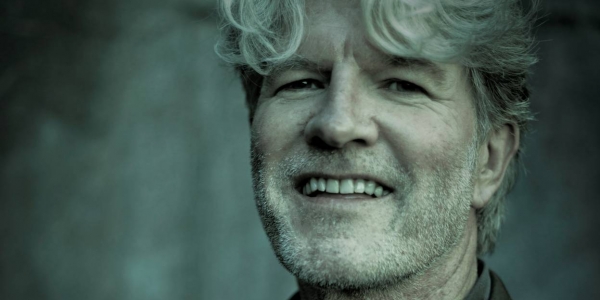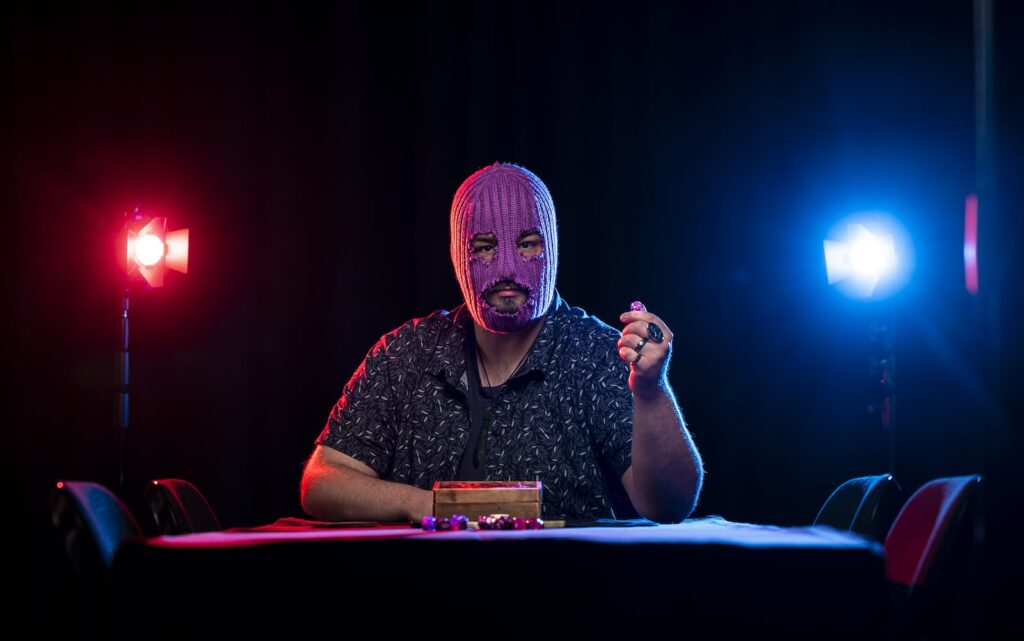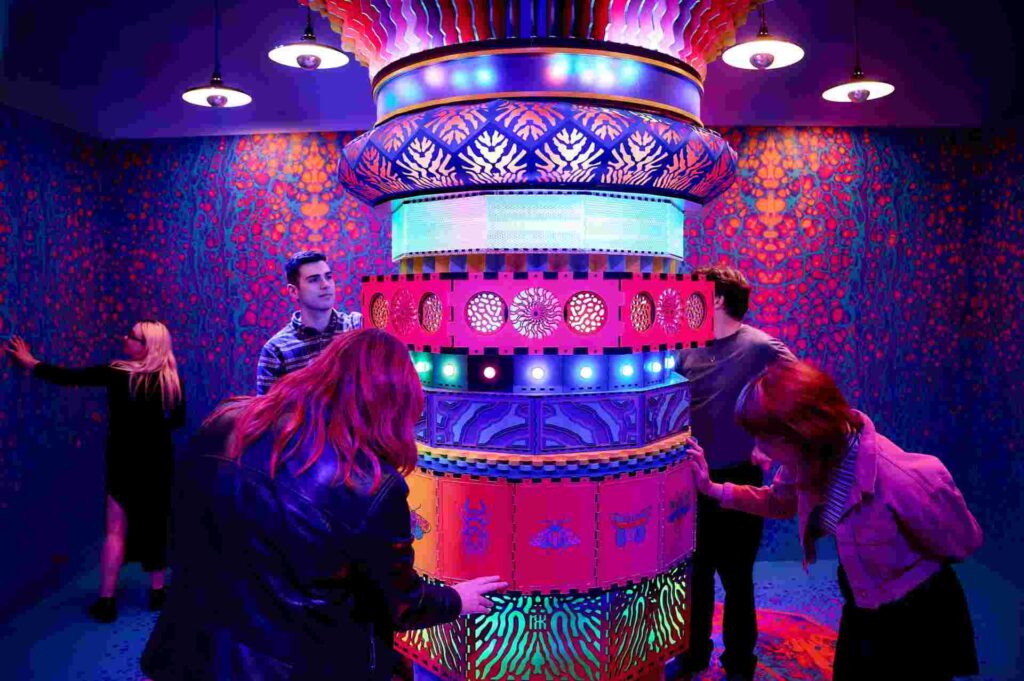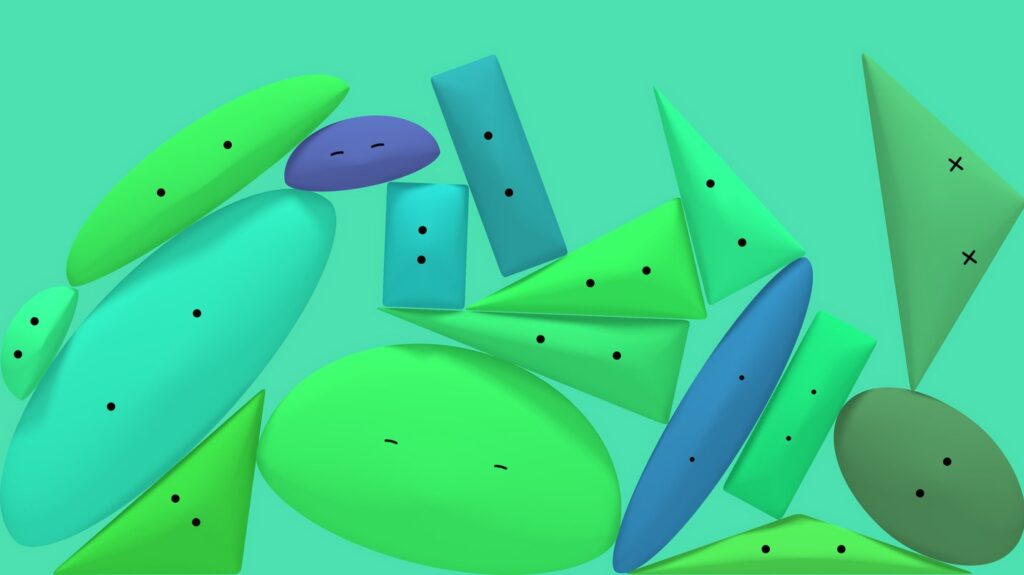“There are five or six of the big structures touring the world at any one time,” he explains. “They need to be autonomous.” The Exxopolis is notable for its dome, a centrepiece called the cupola, which boasts a stained glass window effect, the design of which is inspired by English tiles and placed in patterns similar to tile arrangements throughout the Middle East. Also it was the first one designed entirely on computer. “It did make a bit of a difference,” says Parkinson. “It was so much less laborious as I was able to farm out the more routine stuff to other people. It wasn’t just me struggling with motivation, with drawing, rubbing out, drawing and rubbing out again. Working on the computer means I can be more self-indulgent in terms of me thinking, I fancy this or I fancy that, without having to do the grunt work associated with my fancies. The thing with Exxopolis is the cupola. Each new luminaria involves the evolution of forms we’ve tried out in the past in different ways. A lot of what I’m doing doesn’t involve fundamentally starting from scratch with each new structure. I’m looking to improve on things that nearly worked the previous time, things I’d like to see work better. Exxopolis did have quite a lot of work done to the more prosaic elements of the structure, the reception, the tent airlock, but they don’t constitute the core elements of the experience for the visitor. This one was conceived on a bigger scale so we were dealing with bigger pressure; there was more strain on the structure.”
Beat recalls visiting the Arcazzar years ago when it was in Melbourne. “That was the first one where we used quite a different approach,” remembers Parkinson. “It didn’t quite click. There’s been a lot of improvement since. But with each one there’s still that core thing, going into an inflatable environment with the light coming through that translucent material.” Does Parkinson see himself experiencing with other materials? “There aren’t really materials other than PVC – it’s got the perfect characteristics, the durability and translucency, for what we do.” What technology does Parkinson use when he’s designing? “I use Rhino – a 3D modelling software,” he answers. “Speaking as someone who’s not prepared to put in the hard work of learning deeply technical programs, it’s very accessible to non-scientific people. The great thing about computers is that they free you up to create new stuff. In fact, we’re almost more inventive than we can actually cope with.” He says he’s keen to look into the area of 3D printing. Are there any structures, either natural or manmade, that especially inspire Parkinson? “Loads of stuff, really. There’s loads of interesting architecture. I do like the atmosphere generated by older architecture, whether you’re religious or not, the interior of a gothic cathedral with its fanlike rooms, and the columns and ribs, or the form of an Islamic mosque. I do really like the Sydney Opera House, the beauty and boldness of those forms.”
Architects of Air are currently working on a new luminarium, inspired by natural forms. “It’s themed around trees,” continues Parkinson. “It should be finished around next May or June.” Does Parkinson see Architects of Air expanding into other areas? “We’re not looking to expand hugely but we’re building new stuff. We do have various interesting things going on. This year we’re working on two new little structures to explore applications. We’re kind of in the early stages of collaboration with CERN (the European Centre for Nuclear Research), combining imagery produced by CERN with a structure. Also we’re working with a dance company in the UK for people with special needs; the company wants to create a space that’s completely mapped using projections.”
How does Parkinson himself feel when he walks into one of his luminaria? “They do continue to cause me to reflect – to stimulate new reflections. Usually when I go in I haven’t got a responsive hat on, I go in with a work hat on. The whole experience for me is quite hard to articulate.” So Parkinson quotes a Czech visitor who described the experience of visiting luminaria as like being inside both a womb and a cathedral. “I am relieved that I am still working on something that I have a sense of connection with,” he adds.
BY LIZA DEZFOULI







